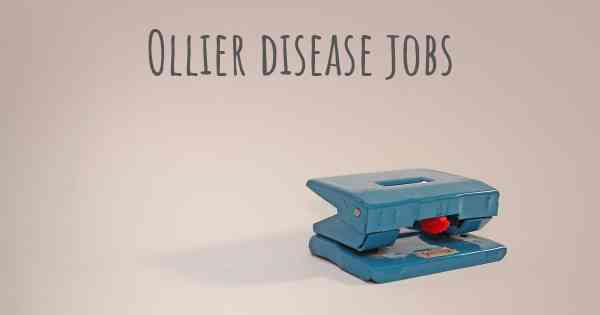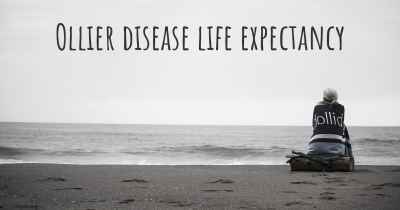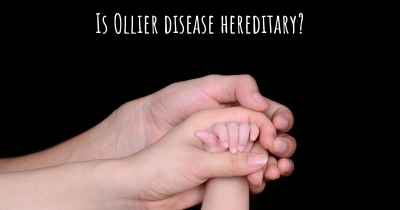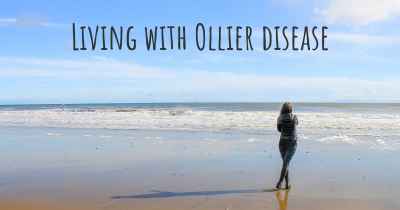Can people with Ollier disease work? What kind of work can they perform?
See how people with experience in Ollier disease give their opinion about whether people with Ollier disease can work and what kind of jobs are more appropriated for people with Ollier disease

Can people with Ollier disease work?
Ollier disease, also known as enchondromatosis, is a rare non-hereditary skeletal disorder characterized by the development of multiple benign cartilage tumors called enchondromas. These tumors primarily affect the long bones of the body, such as the arms and legs. The presence of these tumors can lead to various complications and challenges for individuals with Ollier disease, including physical limitations and potential health risks.
While the impact of Ollier disease on an individual's ability to work can vary depending on the severity of the condition and the specific symptoms experienced, many people with Ollier disease are indeed able to work and lead fulfilling professional lives. However, it is important to note that the type of work they can perform may be influenced by several factors, including the extent of their physical limitations, the location and size of the enchondromas, and any associated complications.
Physical Limitations and Accommodations
Individuals with Ollier disease may experience physical limitations due to the presence of enchondromas in their bones. These limitations can include reduced mobility, joint stiffness, and an increased risk of fractures. The severity of these limitations can vary widely from person to person, with some individuals experiencing minimal impact on their daily activities while others may require assistive devices or accommodations to perform certain tasks.
It is crucial for individuals with Ollier disease to work closely with healthcare professionals, such as orthopedic specialists and occupational therapists, to manage their condition and develop strategies to overcome any physical limitations. These professionals can provide guidance on appropriate accommodations, such as ergonomic workstations, assistive devices, or modifications to the work environment, to ensure individuals with Ollier disease can perform their job duties safely and comfortably.
Job Selection and Career Considerations
When considering employment, individuals with Ollier disease should take into account their physical capabilities, limitations, and any potential health risks associated with their condition. It is important to choose a career path that aligns with their abilities and minimizes the risk of exacerbating their symptoms or causing further complications.
Some individuals with Ollier disease may find it beneficial to pursue careers that involve less physically demanding tasks or those that can be performed with accommodations. Examples of such careers may include administrative roles, computer programming, writing, graphic design, customer service, counseling, teaching, or research. These professions often offer opportunities for individuals to work in a controlled environment and may require less physical exertion.
Supportive Work Environment
Creating a supportive work environment is crucial for individuals with Ollier disease to thrive in their chosen careers. Employers should be aware of the employee's condition and work collaboratively to provide necessary accommodations and support. This may include flexible work hours, modified job duties, accessible workspaces, and regular breaks to manage any discomfort or fatigue.
Additionally, fostering a culture of inclusivity and understanding among colleagues can contribute to a positive work environment for individuals with Ollier disease. Educating coworkers about the condition and its impact can help promote empathy and support within the workplace.
Conclusion
While Ollier disease can present challenges and physical limitations, many individuals with this condition are capable of working and contributing to the workforce. The specific type of work they can perform will depend on the severity of their symptoms, the location and size of the enchondromas, and any associated complications. By working closely with healthcare professionals, considering career options that align with their abilities, and creating a supportive work environment, individuals with Ollier disease can lead fulfilling professional lives.
Although olliers disease affect individuals differently and will depend on the severity or the condition
Posted May 18, 2017 by Sarah Jane 5070
Posted Aug 21, 2018 by Pauline 700
Posted Feb 24, 2017 by Dante 1000








